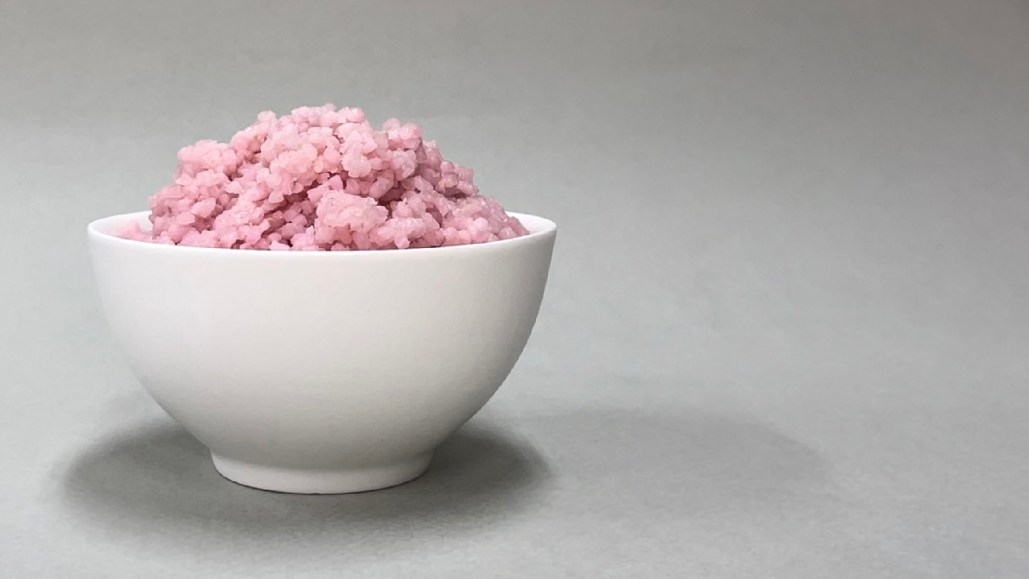Is a Rice-Meat Combination the Future of Dinner?

Rice combined with beef may be the future of cuisine.
Scientists have created a new kind of lab-grown meat that incorporates rice grains with bovine cells, as shared in a document published on February 14 in Matter. The rice provides a supporting structure that promotes the development of fat or muscle cells. Combined, these components form a hybrid rice-meat product that, when cooked, turns into a pinkish-brown mash.
According to Sohyeon Park, a chemical engineer at Yonsei University in Seoul, South Korea, the product has a pleasant taste, described as "nutty and slightly sweet." While this beef-infused rice isn't suitable for consumer consumption yet, it may eventually present a more eco-friendly meat alternative.
Existing meat production methods, such as raising livestock, require huge areas of grazing land and annually release more than 100 million metric tons of methane into the atmosphere. Scientists suggest that finding alternatives to such methods could be advantageous for the environment. Some considered options include cricket farming and substituting meat for fermented fungal spores.
Lab-grown meat is another approach to reduce dependency on livestock. In the lab, Park and her team applied a coating of fish gelatin and enzymes to rice grains before adhering bovine cells to each grain. The fish-based coat facilitated the cell's adherence and growth within the grains. Rice provides a 3D structure that allows cells to attach themselves, akin to vines climbing a trellis, offering the cultured cells a texture similar to meat. Cells grown without this structure form thin, flat layers.
From a nutritional perspective, this meat-rice hybrid offers a protein content merely 8% higher than traditional rice. Nonetheless, Park hopes to enhance this percentage by incorporating more bovine cells into each grain. Surprisingly, rice proved to be a suitable option, even though it wasn't the initial choice due to its low cost, nutritional value, and popularity, thus making it an excellent ingredient.




